Reading the line-up better and getting more waves is the foundation of your enjoyment & progression. Like every other skill in surfing - getting into a ‘flow state’ and being in tune with yourself and surroundings sets the tone. You have probably heard the concept of ‘catching lots of waves’ or ‘keeping busy’ and I am sure you have tried to catch more waves. if not then I am sure you have noticed good surfers surfing short sessions & catch 3-5x more waves than everyone else and looking sharp and focused!
Lets frame the concept of ‘catching lots of waves’ and ‘keeping busy’ with different language - Hunting Waves
Recently a hunting trip to New Zealand inspired a new perspective and approach to surfing.
I grew up hunting, but hadn’t been for years, and during those years I have been fully immersed in getting better at surfing including getting better at facilitating ‘flow states’
Within 15 mins of walking into red-deer territory I had begun to see some deer sign, (footprints and faeces) immediately the potential of seeing an animal became very real and a deep flow state ensued. All of my senses were very heightened - My awareness of all surroundings felt complete, I was immersed in nature and poised to react to an opportunity to feed my tribe.
Hunting is a primal thing, it is engrained in our DNA, for most of our history and until very recently is was 100% necessary for our survival, a life or death situation that demands 100% focus and mindfulness of the present moment. It heightens your awareness of all senses, you hear every little sound, feel each subtle change in wind direction, you see every little small movement in your visual field, a small bird that jumps form one branch to another in the corner of you eye is instantly noticed, every smell is acknowledged,
The same height-end awareness needed for a success-full hunt is also need to for safe and successful gathering also. You need to be just as aware of your surroundings as the hunter because when you are in the wild foraging you are potential prey. You also need to be very accurate with the choices of berries and leaves you gather as many edible plants and fruits can look similar to toxic and poisonous ones.
The language we use here matters a lot, from an evolutionary biology perspective “hunting” switches you ON far more than scraping around, searching, looking for or ‘waiting’ for waves.
Now there are many different styles of hunting, bush hunting - walking slowly through the bush hoping to ambush or startle and animal, spot an stalk - spotting an animal from far and trying sneak up on it - tree stand hunting, finding a good spot and waiting for the animals to come to you.
Very different styles of hunting and surfing, all have one thing in common - when you get your opportunity you must take advantage without hesitation and with pin point accuracy - demanding a flow state -
A well timed accurate shot means a a clean kill with very little wasted meat, a well timed accurate entry into a wave is the first step to all good surfing.
So next time you surf; try hunting down some waves, keep quiet (graceful) and accurate.


